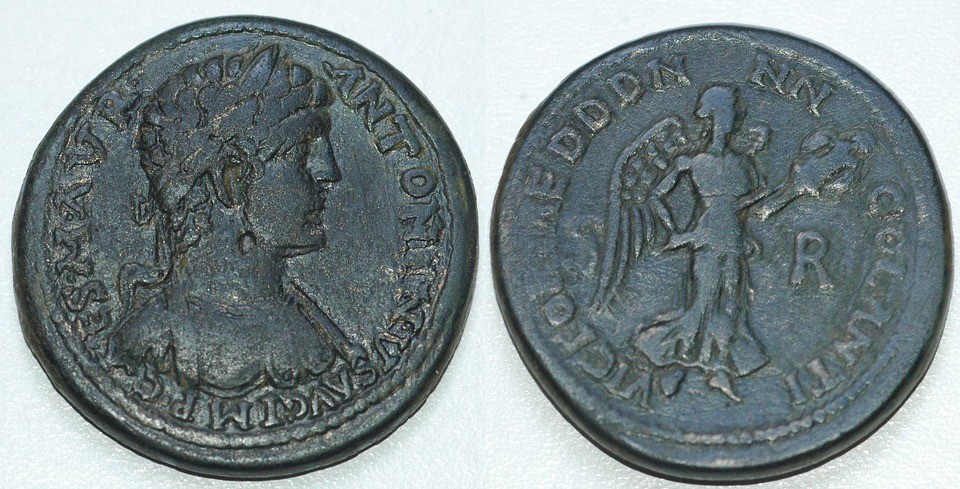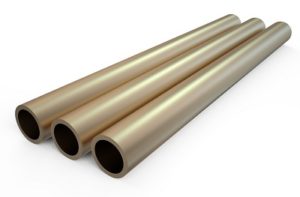Bronze is one of the most commonly used metals in the world since the earliest age of humankind. The alloy has had a prominent impact on human history, including its widespread use during Bronze Age of 2,000 B.C. Some scientists, however, hypothesize that bronze may have been used as early as 6,000 B.C. Today, bronze is still used to manufacture a wide range of everyday items such as hammers, sculptures, musical instruments (saxophones and cymbals), and even our coins (pennies).
The Desirable Characteristics of Bronze
Bronze eventually lost its appeal as societies advanced and discovered other types of metal to use for their tools and weapons. Despite this, the use of bronze has endured the test of time and is still widely used in many different applications today. This is mostly because bronze alloys have several characteristics that make it so useful in various applications.
What are the properties of bronze that alloy manufacturers and metal workers love?
1. Bronze is Highly Ductile
Ductility refers to a material’s ability to be hammered and molded into a variety of different shapes and sizes without breaking apart. This property is one of the top reasons why alloy manufacturers love making bronze. This allows manufacturers to easily form bronze into channels, sheets, angles, and more, allowing metal workers to choose the right type for their needs.
2. Bronze is Incredibly Durable
Bronze is naturally resistant to corrosion, which is why it is often used to manufacture items that are exposed to the elements often. Bronze’s natural corrosion resistance is due to a chemical process called oxidation. When bronze is exposed to the oxygen in the air, a chemical reaction occurs, changing the surface into a layer of copper carbonate. This is highly desirable because copper carbonate serves as a robust layer that protects the bronze underneath from further corrosion.
3. Bronze Exhibits Lower Amounts of Friction
A relatively unique property of bronze is that it produces a lower amount of friction when it comes into contact with other types of metal. Why is this important? Friction is one of the main reasons why items succumb to wear and tear over time. Even materials as durable as metal will also succumb to this. Thanks to bronze’s lower amounts of friction generated, however, items made of bronze are less susceptible to wear and tear, which means these items will break down at a much slower pace. This is often the reason why bronze is a common choice to manufacture parts that are designed to move like gears, springs, and other similar components for machinery.
4. Bronze Does Not Create Sparks When Struck
When it comes to blacksmithing, most people will imagine a burly man striking heated metal with a large hammer and sparks flying everywhere with each strike. This common perception, however, only really applies to certain types of metal like iron. It does not apply to bronze. This particular property is incredibly useful for metal workers whose jobs require them to work near highly flammable or combustible materials, creating a safer working environment. A great example of this would be those who manufacture fireworks.
5. Bronze Tends to Expand When Cooling from Liquid to Solid
A majority of bronze alloys exhibit an unusual tendency to expand as it cools from its liquid state up to just before it turns into a solid. As it reaches its solid state, bronze will shrink slightly. This unusual property is great for one certain application: using molds and casting. Pouring liquid bronze into a cast will allow the bronze to expand and fill in any and all gaps in the mold as it cools. This helps the metal form a more detailed end product. Once the bronze enters its solid state, it shrinks slightly, making it easier to free the metal from the mold in one piece. Given this, it’s no surprise that sculptors love working with bronze alloys.
How Bronze is Made
Bronze is an alloy, which means it is made by melting and combining two or more different metals. In its simplest form, bronze is typically made of 88 percent copper and 12 percent tin. However, metal workers who are looking to increase or decrease certain properties of bronze may opt to include other agents such as manganese, aluminum, nickel, and more. Depending on the copper to tin ratio and the agents used, the properties of bronze made may differ. Some types of alloys will be more malleable than their counterparts, while some bronze alloys will display increased resistance to corrosion. It all really depends on how the metal worker plans to use bronze in the final product that will dictate the ratio of the metals found in bronze alloys.
The combination of metals used to manufacture bronze are vast in number. As a result, there are many different types of bronze alloys available on the market. Some of the more common types of bronze include:
Aluminum Bronze is made by combining varying amounts (often 6 to 12 percent) of aluminum to the copper-tin mixture. Adding aluminum to the mixture further enhances bronze’s natural strength and resistance to corrosion.
Phosphor Bronze is a bronze alloy that contains trace amounts of phosphorous. This creates an alloy that exhibits high fatigue resistance and lower friction coefficients. This is why it’s often used to make electrical components and moving components like springs.
Silicon Bronze is manufactured by introducing both silicon and zinc into your typical bronze mixture. This alloy is prized for its ability to continue its resistance to corrosion and wear and tear, even in incredibly hot and incredibly cold settings.
Always Source Your Bronze from a Trusted Supplier!
If you are on the market for bronze alloys for your next project, make sure you source your bronze from trusted suppliers like Rotax Metals. Not only will respected nationwide suppliers carry more types of bronze alloys for you to choose from, but they will also carry bronze alloys of a higher quality.




